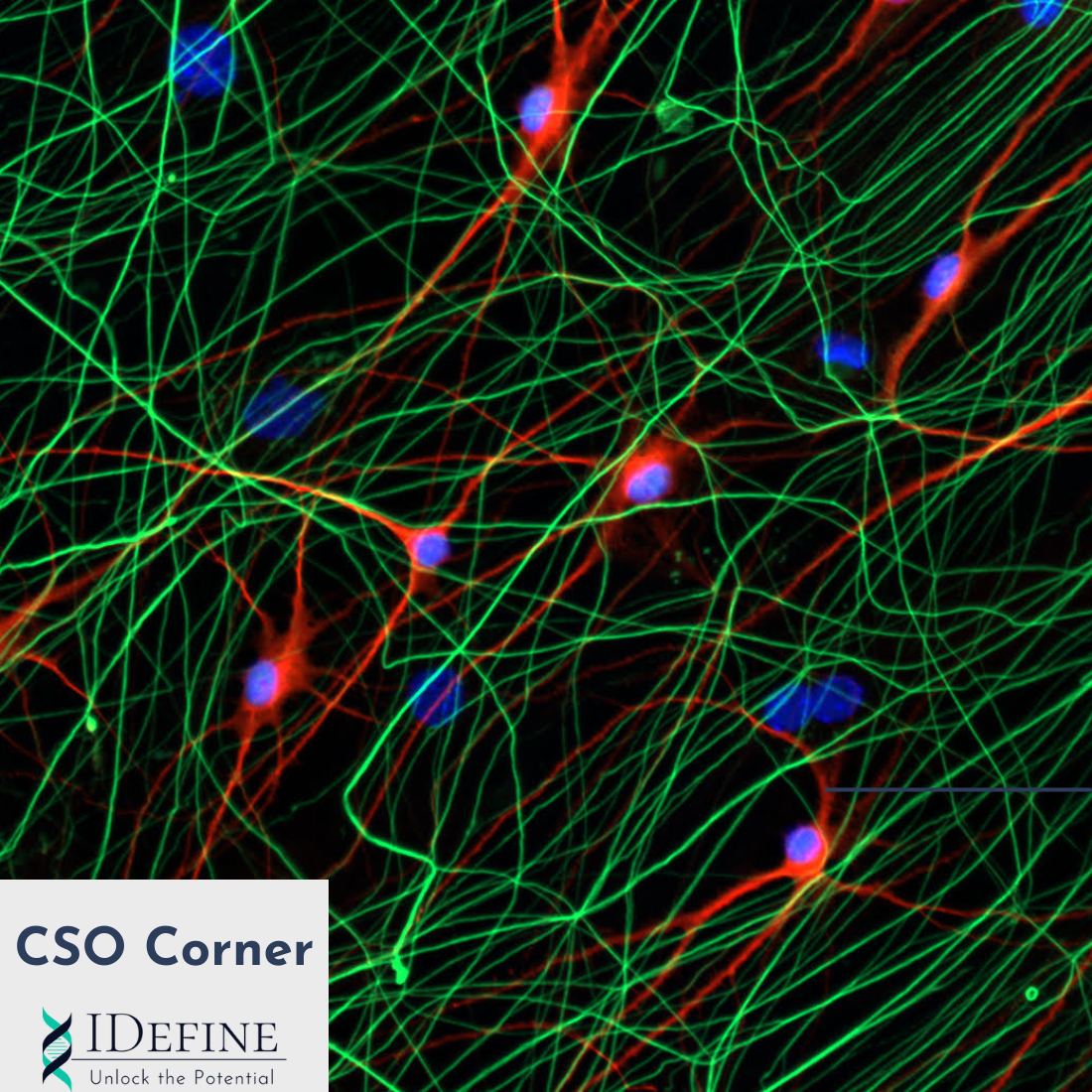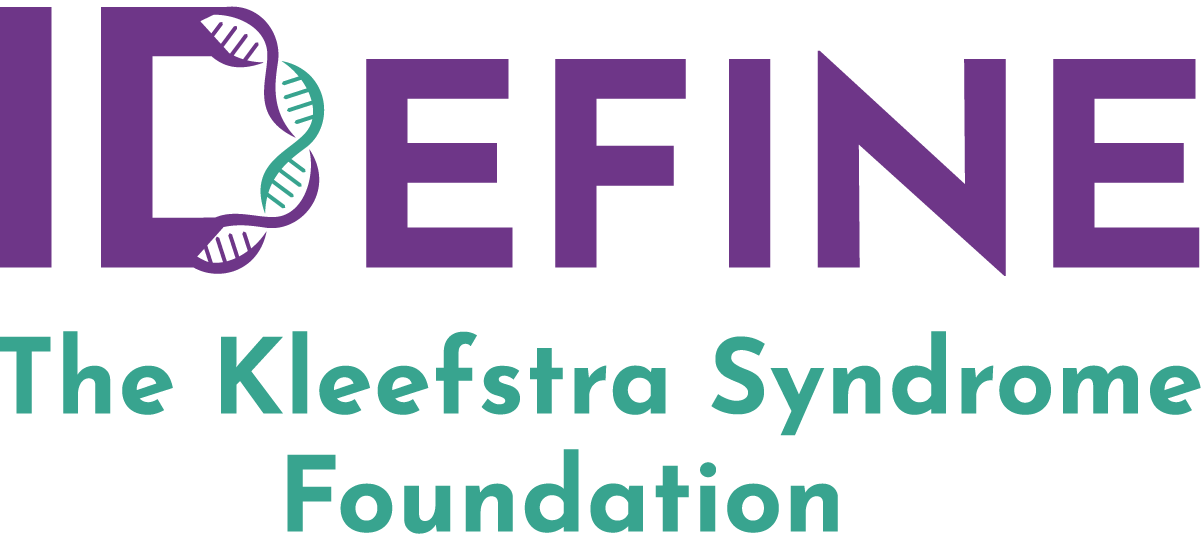Chief Scientific Officer Corner, Volume 1

Hello fellow members of our KS family and welcome to the CSO corner! Going forward, I’ll be using this column to provide insights and highlights on all the scientific goings on in Kleefstra Syndrome, and the rare disease space in general. This is an exciting time in the rare disease world, and there is so much to tell.
For this newsletter, I’d like to address a fundamental scientific question: just how big is our KS family? Or in other words, how many people have KS in the world, whether they know it or not?
This is actually a really challenging question! As you probably know, KS is almost always caused by a spontaneous genetic change in our affected family member (which occurred in the sperm, egg, or zygote very early in development). In other words, with some narrow exceptions, it does not “run in families”, and there isn’t a “KS gene variant” in the population that we can track to determine how many people will be born with KS per year.
Adding to this challenge, the clinical spectrum for KS is very broad, which is a fancy way to say that people with KS can be quite variable and diverse. This means we can’t easily find everyone with KS through a simple clinical checklist. We need comprehensive genetic testing.
So the best way to find everyone with KS would be do genetic testing on every person with an apparent genetic condition on Earth. Problem solved! Of course, that is prohibitively expensive right now, but we can dream of that future. For more on this dream and those pursuing it, see for example the BeginNGS project.
For now, there is something we can do that works pretty well: we can do comprehensive genetic testing (exome or whole genome DNA sequencing) on large pools of patients with an apparent neurodevelopmental disorder (NDD) and do it in an unbiased way. Then we can see how many of each type of genetic condition is found, KS or otherwise. We can also add to that data other things we know about the innate rates of variation in genomes per generation, the size of the gene for each condition, etc. Putting all of this information together, a model can be created that provides an estimate for how many people will be born with a range of different NDDs.
Fortunately for us, this has already been done via the combined work of several large teams of scientists, with the key publication that provides predictions for a range of disorders generated by Lopez-Rivera and collaborators (López-Rivera JA et al., 2020). This publication has provided a welcome incidence estimate for many rare NDDs that, like KS, are almost always the result of a spontaneous genetic change.
So, to get back to my original question about our KS family: recently I worked with KS experts Drs. Tjitske Kleefstra and Siddharth Srivastava (“Dr. Sid”) to review the data I described above, along with other complementary sources of data, to help us estimate the expected numbers of KS patients. Based on this comprehensive review, we believe a reasonable estimate for the number of KS patients is about 1 in 25,000 to 1 in 35,000 people. That might not sound like a lot at first, but consider that in the United States alone, we would expect about 11,000 KS patients. Worldwide, we would expect about 260,000 KS patients. That’s a big family!
Unfortunately, the vast majority of people with KS don’t yet have a diagnosis. That’s why it’s up to all of us to build awareness and support initiatives to bring genetic testing to all who need it. For the moment, we are missing those who are undiagnosed, and they are missing the opportunity to find their community and the support that comes with it.
And for now, be sure to take part in the KS Census (see newsletter’s main article). It is so important for those of us who do have a diagnosis to stand up and be counted!
Until next time,
Eric Scheeff, PhD
IDefine Chief Scientific Officer
Bibliography
López-Rivera JA, Pérez-Palma E, Symonds J, Lindy AS, McKnight DA, Leu C, Zuberi S, Brunklaus A, Møller RS, & Lal D. (2020). A catalogue of new incidence estimates of monogenic neurodevelopmental disorders caused by de novo variants. Brain, 143(4), 1099–1105. https://doi.org/10.1093/brain/awaa051

